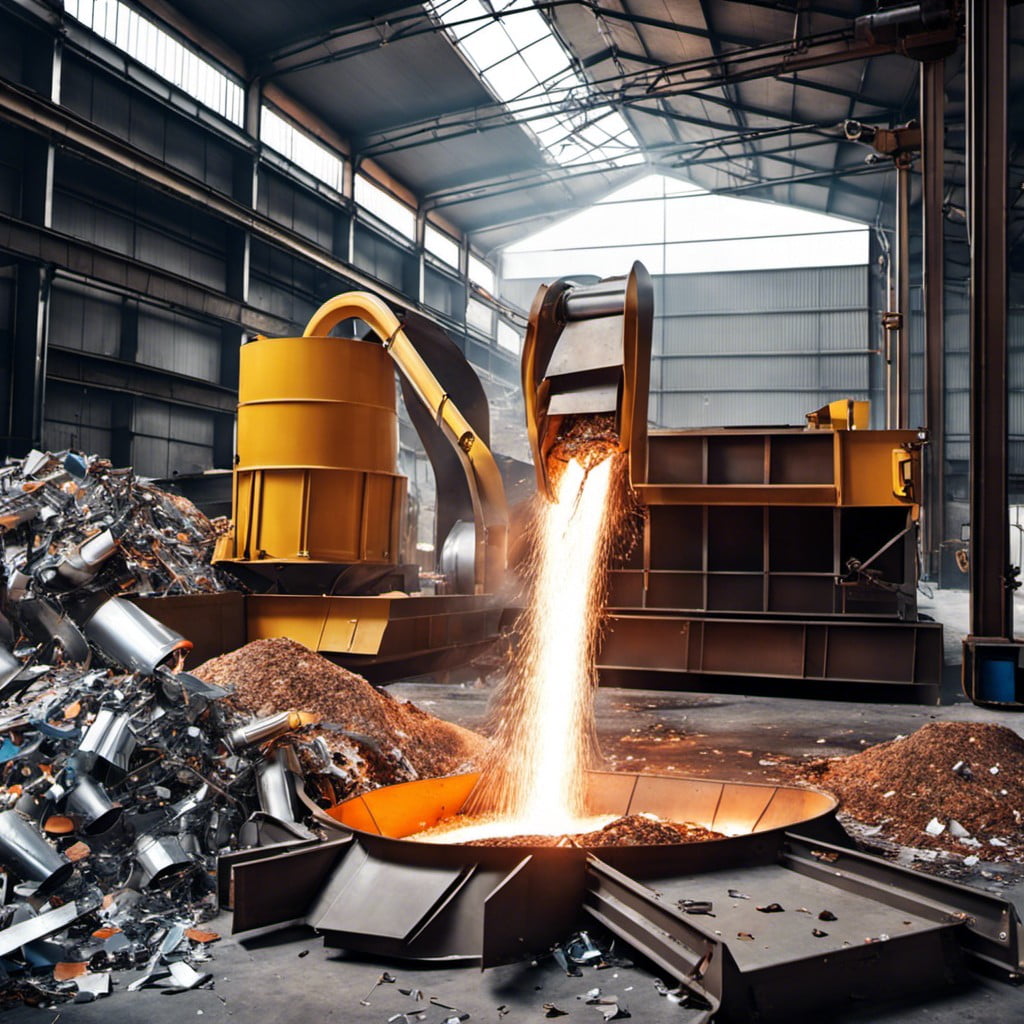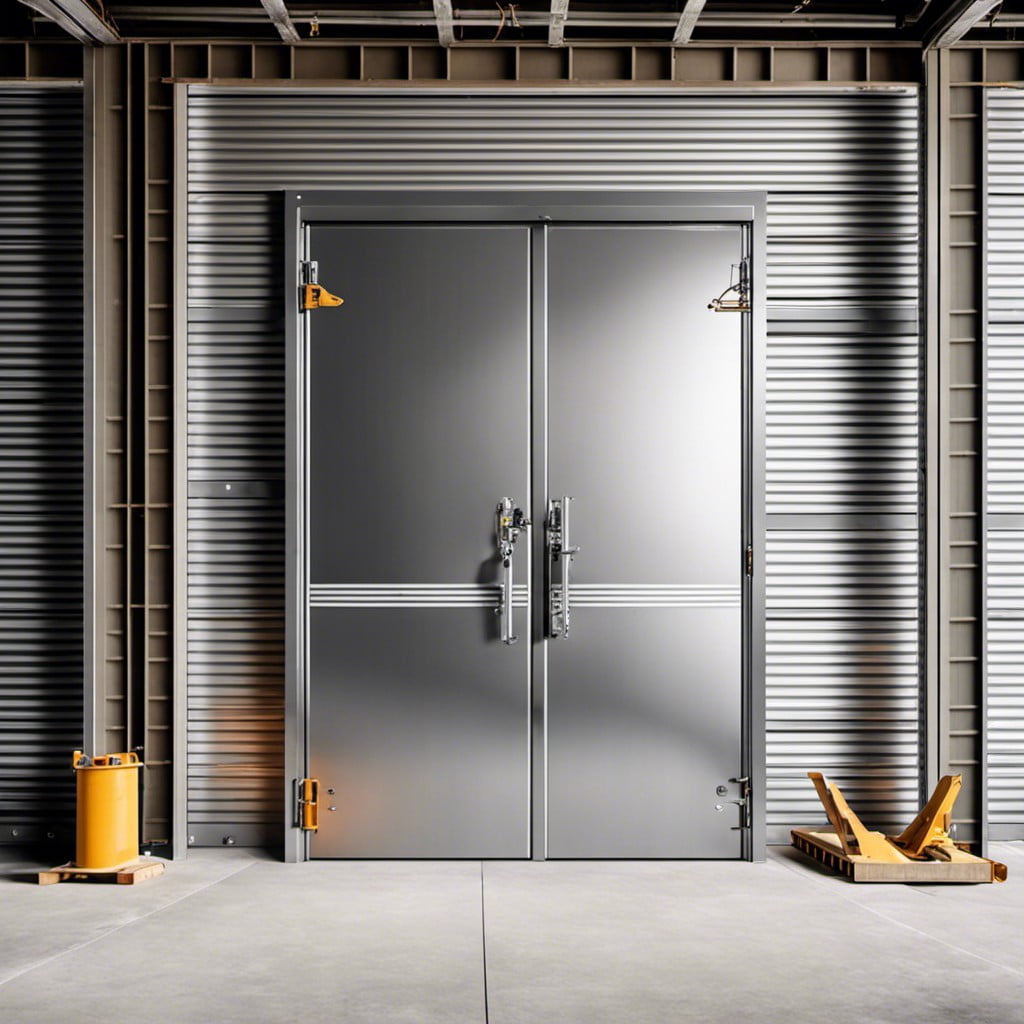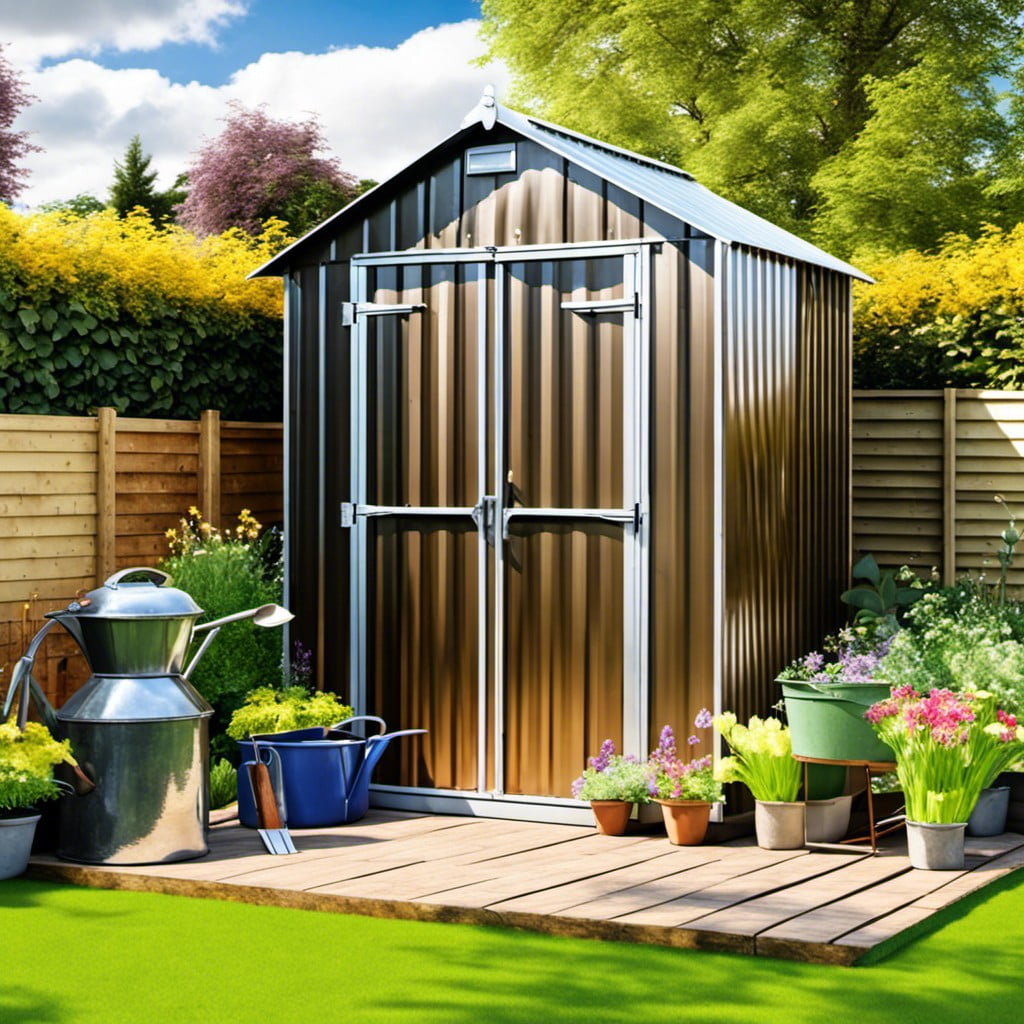Dive into the world of metal building insurance as we explore intriguing statistics that reveal trends, risks, and benefits associated with this specific type of property coverage.
Navigating the world of metal building insurance can be a complex task. With a myriad of factors influencing insurance rates and coverage, understanding the statistical landscape is crucial.

This article will delve into the core statistics surrounding metal building insurance, including factors that impact rates, the average costs, and the industry trends.
Whether you’re a property owner seeking to insure a metal building or an industry professional looking to better understand the market, this comprehensive guide will provide the essential information you need.
Stay tuned to gain an in-depth understanding of the intricacies of metal building insurance statistics.
Insurance for commercial-grade steel buildings costs up to 30% less than other building systems.
In contrast to other kinds of structures, commercial-grade steel buildings feature lower insurance expenses, potentially resulting in up to 30% savings. This significant cost advantage stems from the robustness, durability, and resilience that metal structures feature against various threats such as fire, extreme weather, and pests.
Insurance providers acknowledge these qualities, resulting in more competitive premiums. Consequently, owners and investors can substantially reduce operational costs and improve return on investment with these types of buildings, making them an increasingly popular choice across various industries.
Metal buildings are under Class 6, fire resistive which means lower insurance costs.
When it comes to fire resistance, metal buildings boast an impressive advantage. Falling under Class 6 on the insurance rating scale – the highest fire resistance rating – metal buildings earn a considerable merit in this arena.
This superior resistance to fire not only helps safeguard valuable assets but also dramatically lowers insurance costs. Because of their inherent resilience and reduced susceptibility to fire damage, insurance companies typically offer significantly lower premiums for these structures compared to their less fire-resistant counterparts.
The result is substantial savings on building insurance costs over time, presenting a compelling financial case for metal constructions.
Insurance covers expenses for what happens to a metal building such as repairs and rebuilding.
Understanding the range of expenses covered by insurance policies is imperative. Policies typically cover damages to the physical structure triggered by an array of events – from natural disasters like tornadoes and hurricanes, to human-made scenarios such as vandalism or fire. Moreover, the event of accidental damage during routine maintenance or renovation work is often included.
Crucially, insurance doesn’t only offset the cost of repairs, it also provides financial support for complete rebuilding in the aftermath of severe destruction. This coverage includes both the external shell and major internal elements, such as HVAC systems, plumbing, and installed fixtures.
Keep in mind, coverages can differ between insurers and specific policy types. Always clarify which scenarios are included in your specific insurance package.
The average cost for homeowners insurance in the US is $1,428 per year.
Maintaining an annual average of $1,428, homeowners insurance in the United States presents a substantial yet necessary expense. This figure, however, varies widely based on factors such as location, property value, and the nature of the dwelling’s construction.
With metal buildings emerging as a popular choice due to their durability and lesser maintenance needs, understanding how these factors can influence the homeowner insurance cost becomes crucial. It’s noteworthy to grasp that although location and property value significantly sway the insurance cost, metal constructions, by virtue of their features, might tip the scale towards the affordability axis.
Small businesses pay about $67 per month for building hazard insurance.
Considering the diverse risks involved in running a small business, especially in the metal construction industry, building hazard insurance plays a critical role in risk management. It curtails unexpected infrastructure loss costs, which might otherwise cripple the operations.
For approximately $67/month, business owners can secure their metal structures against a multitude of hazards.
These protective measures offer essential coverage addressing a gamut of potential threats, from fire and hurricanes to vandalism. The monthly premium is a cost-effective solution, considering that the average repair or replacement costs often surpass the annual insurance investment.
Therefore, hazard insurance for metal buildings ensures business continuity while financially safeguarding the company assets.
For construction and contracting businesses, the average monthly insurance is $50 per month.
Opting for insurance can shield construction and contracting firms from unexpected expenses relating to metal buildings. The general cost, averaging at approximately $600 annually, is a reasonable investment for such coverage.
This expense accounts for a variety of potential setbacks – from property damage and theft to personal injuries on the premises. This financial safety net ensures that businesses can confidently move forward, even in the face of unforeseen incidents.
This monthly cost can be seen as an operational expense, a sensible part of maintaining a sound fiscal strategy.
Hawaii offers the least property insurance in the US with $382 per year. That’s 73% below the national average.
In the realm of affordable property insurance rates, Hawaii indisputably leads the pack. The annual premium stands at a mere $382, making it the most economically feasible option for insuring metal buildings. This figure sits significantly below the standard national rate, with a reduction as steep as 73%. This affordability factor can offer substantial savings for businesses investing in metal constructions in Hawaii, while also providing substantial protection against potential structural damage costs.
For commercial buildings, the real estate pays the most with $430 per month.
A striking data point pertains to real estate which shoulders the highest insurance premium among commercial establishments. The monthly average cost stands at a substantive $430. This figure contrasts noticeably when compared to other types of businesses.
Factors contributing to this higher rate include the inherent risks associated with real estate such as the nature of its occupation and use, location, and the value of property it encompasses. Insurance premiums provide a safety net for unforeseen circumstances, thus ensuring the stability of the real estate industry despite its inherent risks.
General liability insurance is the most popular option with $1-2 million limits.
Choosing general liability insurance emerges as a prevalent choice for many in the metal construction industry, primarily due to its comprehensive coverage.
While limits vary depending on specific policies, it’s common to find options that sit within the $1-2 million range.
This kind of protection is substantial and allows businesses to operate with a level of financial safety.
In the event of lawsuits or claims, businesses are shielded from potentially crippling financial setbacks.
It offers coverage against claims related to bodily injuries, property damage, and even reputational harm.
Due to its encompassing nature, general liability insurance has gained traction in the metal construction industry.
Location is one of the biggest determining factor for building insurance costs.
The geographical location of a metal building significantly impacts insurance costs. Districts prone to natural disasters such as floods, earthquakes, or hurricanes typically have higher premium rates as the risks involved are greater.
On the other hand, regions with a minimal threat of catastrophic events usually have lower insurance rates. Moreover, urban areas may attract higher premiums due to higher chances of theft and vandalism compared to rural locales.
Equally important is the local construction costs in the event the building requires repair or replacement, with areas having higher construction expenditures likely resulting in costly insurance premiums.
Therefore, understanding the location-specific costs can provide critical insights during financial planning in the metal construction industry.
References:
- https://www.rhinobldg.com/
- https://www.alliedbuildings.com/
- https://www.insureon.com/
- https://www.bankrate.com/




